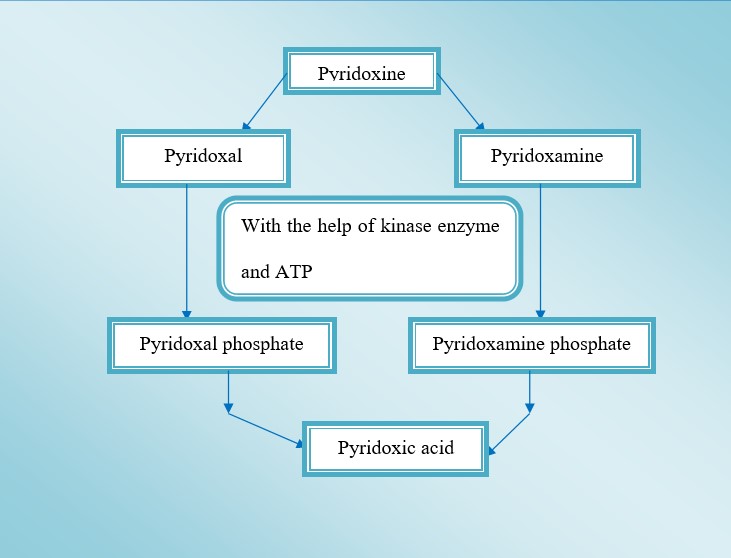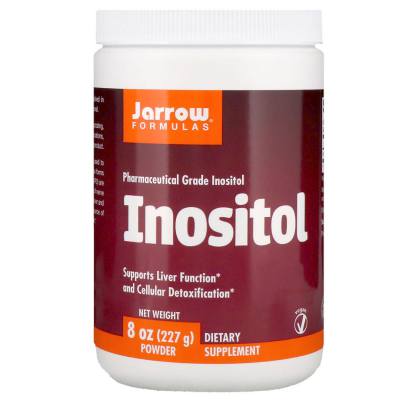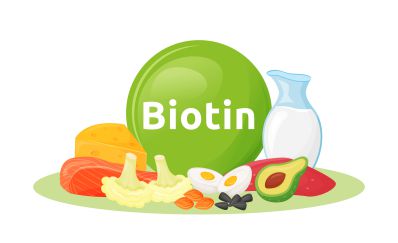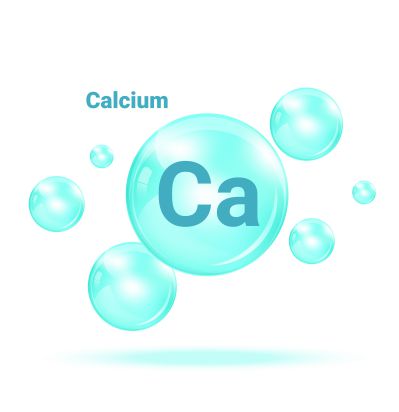Pyridoxine is an important water-soluble vitamin also known as Vitamin B6, which is responsible for performing various important functions within body. It helps in the metabolism of protein, fat and carbohydrate, which is associated with providing energy. This energy is then well utilized by the body for performing its daily function. It also helps to synthesize neurotransmitter and enhance the production of red blood cells. Vitamin B6 cannot be synthesized by body hence it should be consumed through diet or supplements regularly to avoid the harmful effects of pyridoxine deficiency.
Chemistry
- Several studies and research have shown that Vitamin B6 is a derivative of pyridine and mainly made up of three substances which are known as pyridoxine, pyridoxal and pyridoxamine (Abosamak et al., 2020)
- These three compounds only differ in their structure, mainly in their functional group
- Pyridoxine is an alcohol has the functional group (-OH), whereas pyridoxal is an aldehyde with the functional group of (-CHO) on a contrary, pyridoxamine is an amine containing the functional group (-NH2)
- Pyridoxine is abundantly present in plants whereas pyridoxal and pyridoxamine largely present in animals. An individual should consume these three compounds to meet the requirements of Vitamin B6
Synthesis of pyridoxine
- Human body mainly obtain Vitamin B6 through diet
- Then vitamin B6 is converted into its active form, pyridoxal phosphate (PLP)
- Basically, PLP is synthesized from pyridoxine, pyridoxal and pyridoxamine the major three structural components of Vitamin B6
- Excess B6 is excreted through urine as pyridoxic acid and helps to maintain the balance of internal B6 concentration
- The below chart will depict the synthesis of pyridoxine and the relationship between different forms of Vitamin B6


- Vitamin B6 performs its function in the form of PLP, which acts as a strong coenzyme and helps to catalysis several biochemical reactions of body
Sources
Foods rich in Vitamin B6 are listed below –
- Meat especially pork, beef liver
- Fish
- Egg
- Poultry mainly chicken and turkey
- Milk and dairy products
- Oatmeal
- Brown rice
- Wheat
- Bread
- Soybean
- Corn
- Root vegetables and tubers
- Cabbage

Who are more susceptible for developing B6 deficiency?
- Though Vitamin B6 deficiency is not commonly occurred among those who consume a healthy diet, but some individuals are always at-risk position of developing B6 deficiency who suffer from liver diseases, kidney diseases, autoimmune disease and diseases of gastrointestinal tract

- Obese individuals are also susceptible of developing B6 deficiency
- Chronic alcoholism also responsible for pyridoxine deficiency
- Individual who consumes medications like cycloserine, penicillamine, isoniazid and hydralazine are prone to develop Vitamin B6 deficiency
- Pregnant and lactating women are also prevalent
Recommended dietary allowance of pyridoxine
- An adult should consume 2 to 2.2mg of pyridoxine daily to fulfill its requirements
- The requirements of pyridoxine get increased during pregnancy for supporting the intrauterine growth of the fetus as well as in lactation for enriching the quality of breast milk. So, it is better to consume 2.5mg of Vitamin B6 per day for meeting the increased requirements of these phases
- Vitamin B6 is closely related with amino acid metabolism, so the daily requirement of Vitamin B6 is somehow depends upon daily intake of protein. It is estimated that an individual who consumes less than 100g of protein per day should consume 2 mg of pyridoxine daily
Health benefits
Role on metabolism
- Pyridoxal phosphate (active form of B6) is an important coenzyme participates in several biochemical reactions involved in core metabolic processes of carbohydrates, proteins and fat. It helps to oxidize them and liberates energy, which is necessary for performing regular functions of body. Apart from that it also participates in those reactions, which involve in their synthesis leading to increase their storage in body and reduces the risk of developing respective deficiencies
- It mainly involves in protein metabolism
- It helps in transamination reaction of protein where it helps to convert amino acid into keto acid. SGPT and SGOT are two main enzymes present in body which are required for carrying out this transamination process with the help of PLP
- It helps to produce several important amines in body by decarboxylation (elimination of carboxylic group from the structure of amino acid) of alpha amino acid. Histamine is an important amine produced in body with the help of PLP through decarboxylation process
- PLP helps to convert glycogen into glucose (glycogenolysis) and helps in glucose metabolism

Role on mental health
- It helps to synthesize neurotransmitters such as serotonin, gama amino butyric acid (GABA), dopamine, which helps to improves the functionality of brain cells
- It also helps to decrease the concentration of homocysteine, which is related with decreasing depression and related stress
- It helps to regulate mental health status and emotions
- It helps to prevent Alzheimer’s disease
Role on hemoglobin production
- It helps in the formation of RBC. It is required to convert iron into hemoglobin. Basically, iron binds with globin protein to form hemoglobin
- Deficiency of B6 causes a faulty production of RBC with reduced hemoglobin synthesis and results in anaemia

Role on eye health
- Homocysteine is responsible for developing an eye disorder called age related macular degeneration (AMD) that affect the vision adversely
- As B6 helps to decrease the homocysteine concentration hence it helps to prevent the AMD and improves vision
Other health benefits
- It helps to prevent rheumatoid arthritis related inflammation
- It also helps to reduces the risk of developing heart diseases by inhibiting blockage in blood vessels
- It is related with reducing the morning sickness (nausea and vomiting) during pregnancy and supports the increased metabolic demand of this phase as well as helps to improve maternal health status
- It is associated with improving the symptoms of premenstrual syndrome
Deficiency disorders
Deficiency of pyridoxine causes several complications, which include –
- Irritability
- Depression
- Mental confusion
- Nervousness
- Peripheral neuropathy
- Convulsion
- Anaemia
Drug induced deficiency of Vitamin B6
- As mentioned above, there are some drugs commonly available in market, interfere with B6 metabolism and responsible for developing B6 deficiency among which penicillamine and isoniazid are accountable for severe manifestation
- Isoniazid is generally used to treat tuberculosis, but it has seen that it binds with pyridoxal phosphate and forms an inactive hydrazone compound that inhibits the function of PLP results in Vitamin B6 deficiency
- Whereas penicillamine, which is used to treat Wilson’s disease, rheumatoid arthritis also reacts with PLP and forms an inactive thiazolidine compound that inhibits its action and develops Vitamin B6 deficiency

Toxic symptoms
Excessive consumption of pyridoxine from food source does not cause any toxic effect but excessive consumption of pyridoxine supplements causes harmful toxic effects within body. It is estimated that prolong consumption of 1000mg or more pyridoxine per day through supplements is associated with developing deadly health hazards, which include –
- Chronic neurological damages
- Numbness on the tip of feet and hands
- Development of sensory neuropathy especially in those women who suffers from premenstrual syndrome
- Develops several gastrointestinal disorders such as nausea, vomiting, abdominal pain, diarrhea, flatulence and difficulties in digestion

Source:
Abosamak, N.E.R., Gawdi, R. and Gupta, V., 2020. Vitamin B6 (Pyridoxine). In StatPearls [Internet]. StatPearls Publishing.
Brown, M.J. and Beier, K., 2017. Vitamin B6 deficiency (pyridoxine).
Cooper, C., Gluckman, P.D., Godfrey, K.M., Mace, C. and Zolezzi, I.S., Nestec SA, 2018. Maternal vitamin B6 administration for the prevention of increased adiposity, overweight or obesity in the offspring. U.S. Patent 9,980,950.
Giustina, A.D., Danielski, L.G., Novochadlo, M.M., Goldim, M.P., Joaquim, L., Metzker, K.L., CARLI, R.J.D., Denicol, T., Cidreira, T., Vieira, T. and Petronilho, F., 2019. Vitamin B6 reduces oxidative stress in lungs and liver in experimental sepsis. Anais da Academia Brasileira de Ciências, 91(4).
Hemminger, A. and Wills, B.K., 2020. Vitamin B6 Toxicity. In StatPearls [Internet]. StatPearls Publishing.
Parra, M., Stahl, S. and Hellmann, H., 2018. Vitamin B6 and its role in cell metabolism and physiology. Cells, 7(7), p.84.
Retallick-Brown, H., Blampied, N. and Rucklidge, J.J., 2020. A Pilot Randomized Treatment-Controlled Trial Comparing Vitamin B6 with Broad-Spectrum Micronutrients for Premenstrual Syndrome. The Journal of Alternative and Complementary Medicine, 26(2), pp.88-97.
Ueland, P.M., McCann, A., Midttun, Ø. and Ulvik, A., 2017. Inflammation, vitamin B6 and related pathways. Molecular aspects of medicine, 53, pp.10-27.









